1. Overall Spend Rises, Minor Remodels See Uptick
First, let’s take a look at what’s often the first consideration when remodeling a bathroom: cost. As with many products and services, median spend on all bathroom remodels has risen — up 11%, from $13,500 in 2022 to $15,000 in 2023. The rise is due to an increase in the median spend for major remodels (in which at least the shower is upgraded) and minor remodels (those without a shower upgrade).
The median spend on major remodels rose 5%, from $20,000 in 2022 to $21,000 in 2023. Over the same period, the median spend on minor remodels increased from $8,000 to $8,500. For minor remodels of larger bathrooms (100 or more square feet), spend rose 15%, from $10,000 in 2022 to $11,500 in 2023. For minor remodels of smaller bathrooms (less than 100 square feet), spend rose 20% year over year, from $5,000 to $6,000.
Keep in mind, economists like to reference the median, or midpoint, figure rather than the average for this kind of data because the average can be skewed, can be volatile year over year and can be misleadingly high or low because of a single project that costs far more or less than others.

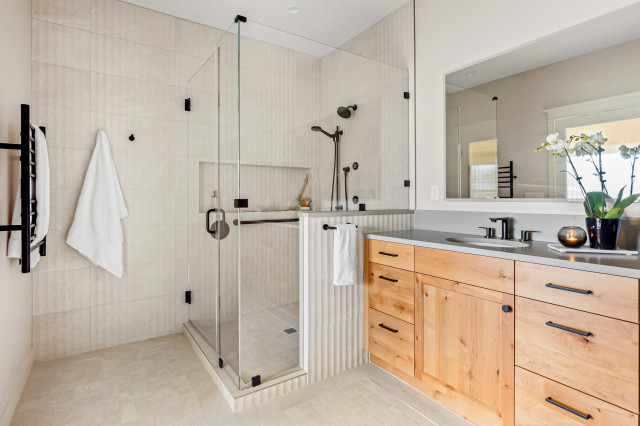
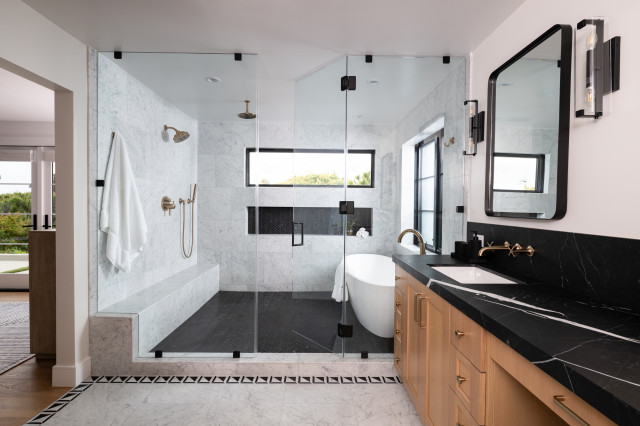

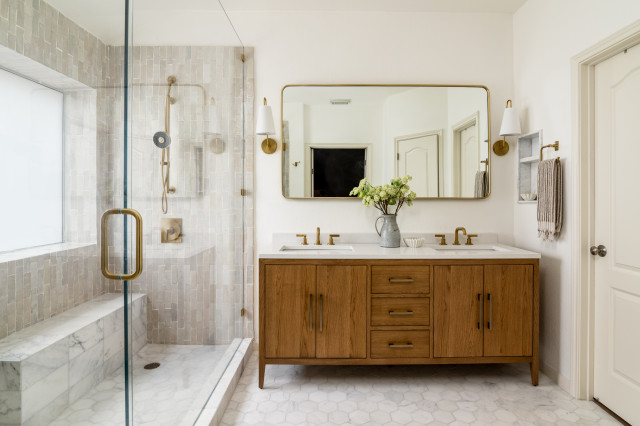
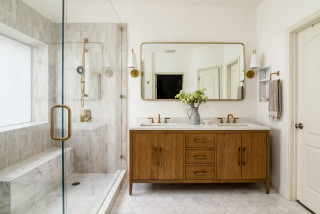
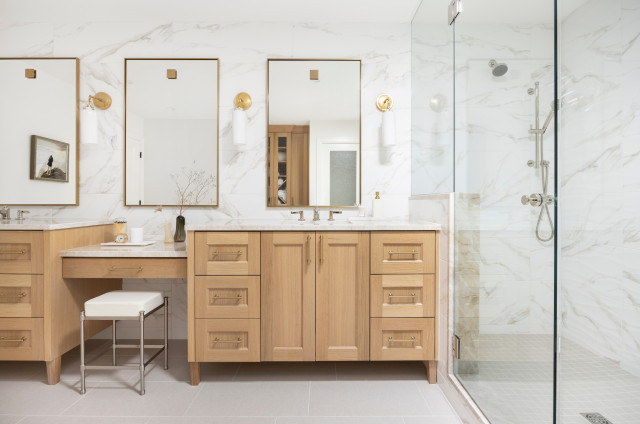






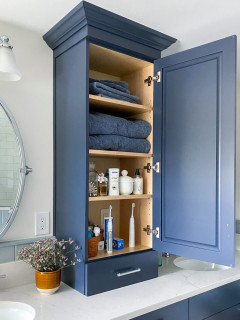
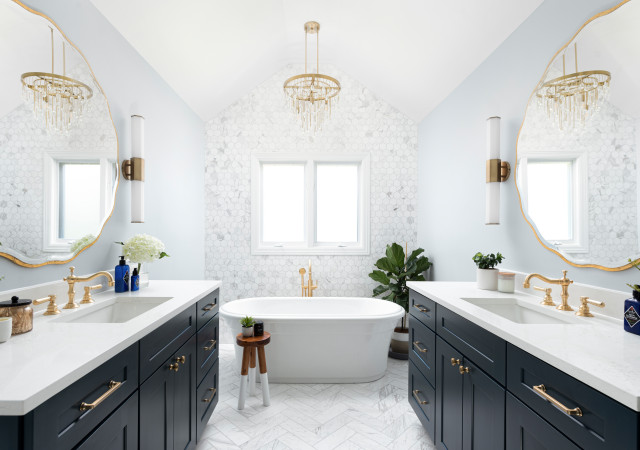
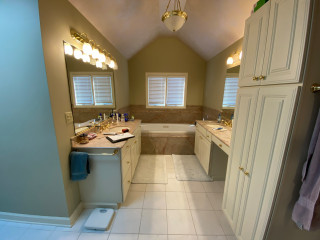
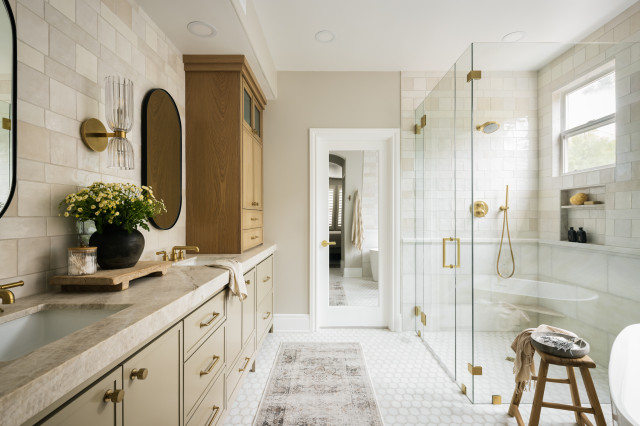

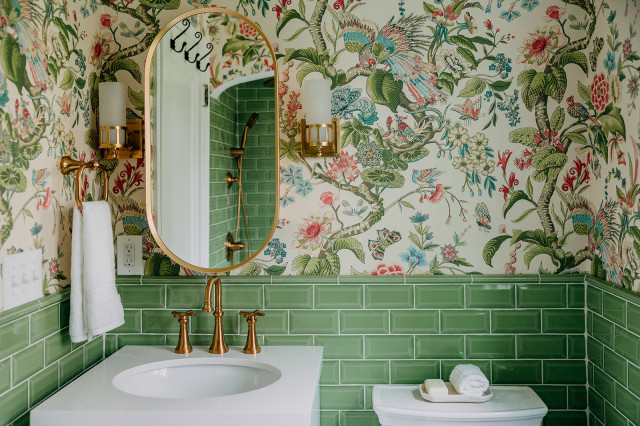


The majority of renovating homeowners (57%) still opt for a
custom or semicustom vanity, though the share has decreased
5 percentage points year over year. Stock vanities, which are typically less expensive than custom options, are on the rise, selected by 31% of homeowners (up 5 points), while 7% opt for a ready-to-assemble option.
The most popular features of upgraded vanities are soft-close
drawers (78%) and soft-close doors (75%), followed by built-in
electrical outlets (29%) and built-in drawer organizers (22%).
When it comes to vanity width, a majority of homeowners (51%) choose a vanity that’s 48 inches or less, a notable jump of 10 percentage points year over year. The share of homeowners choosing a vanity wider than 72 inches dropped 6 points, to 12%, during the same period. Again, this aligns with homeowners likely making budget-conscious choices. Smaller stock vanities are often less expensive than larger custom vanities.